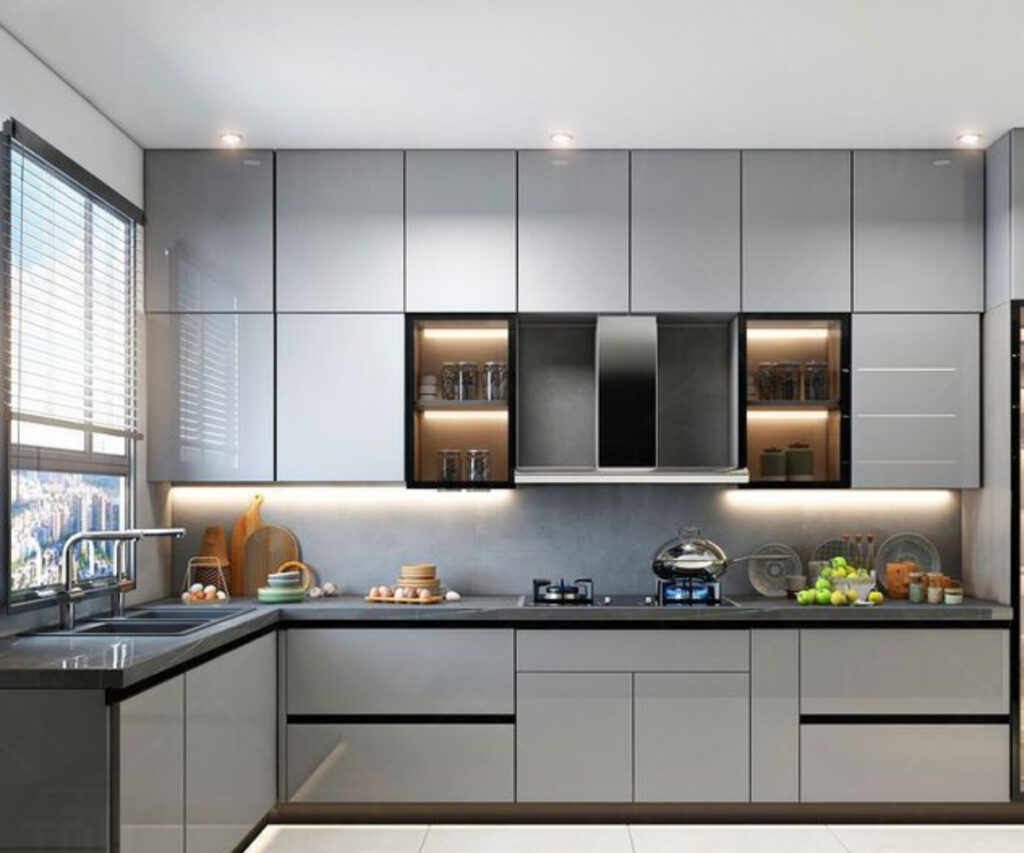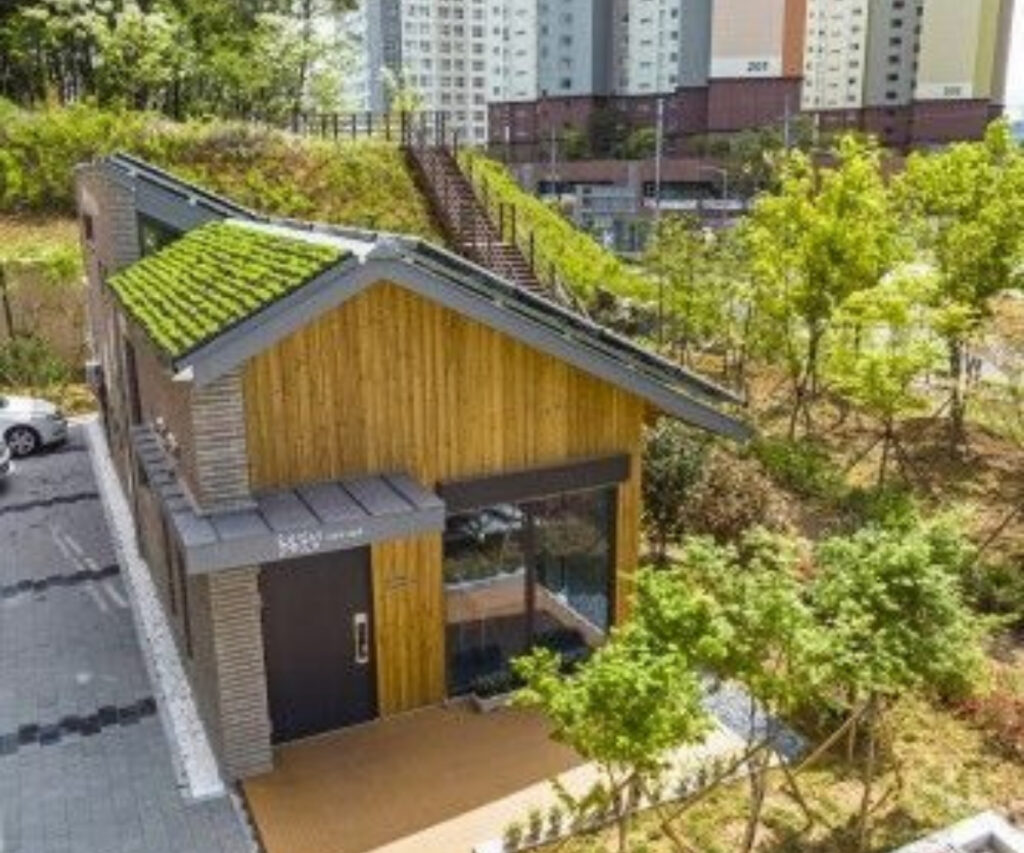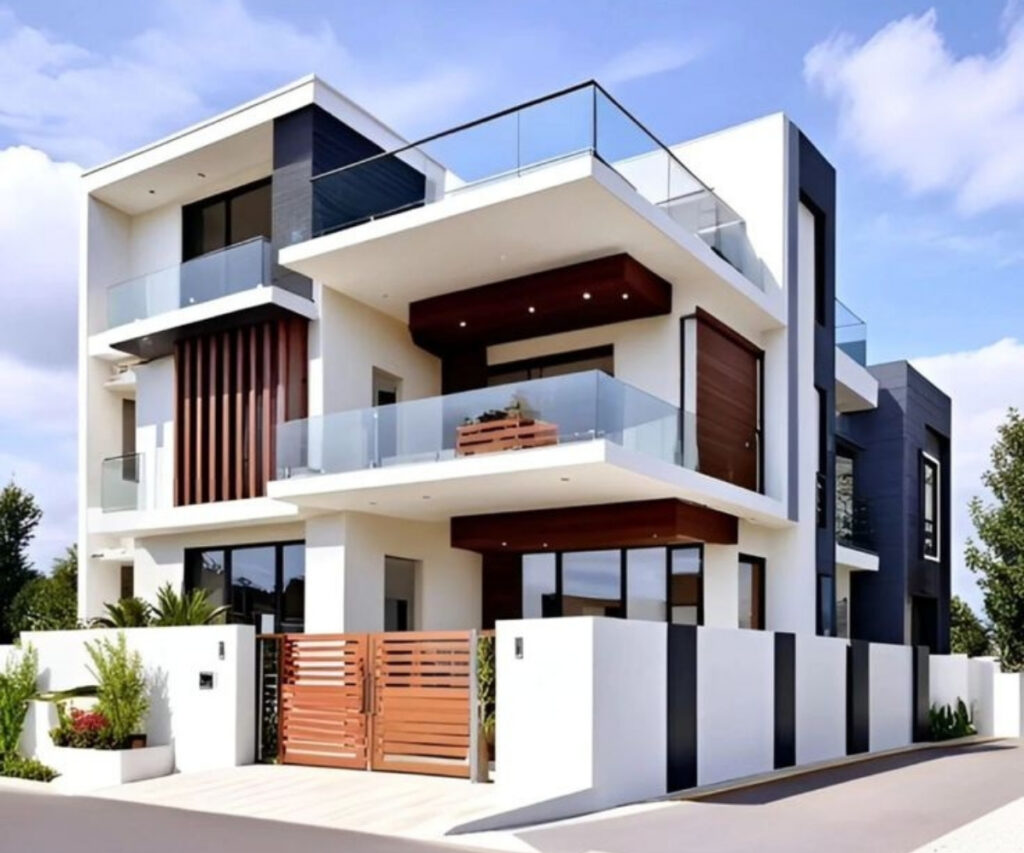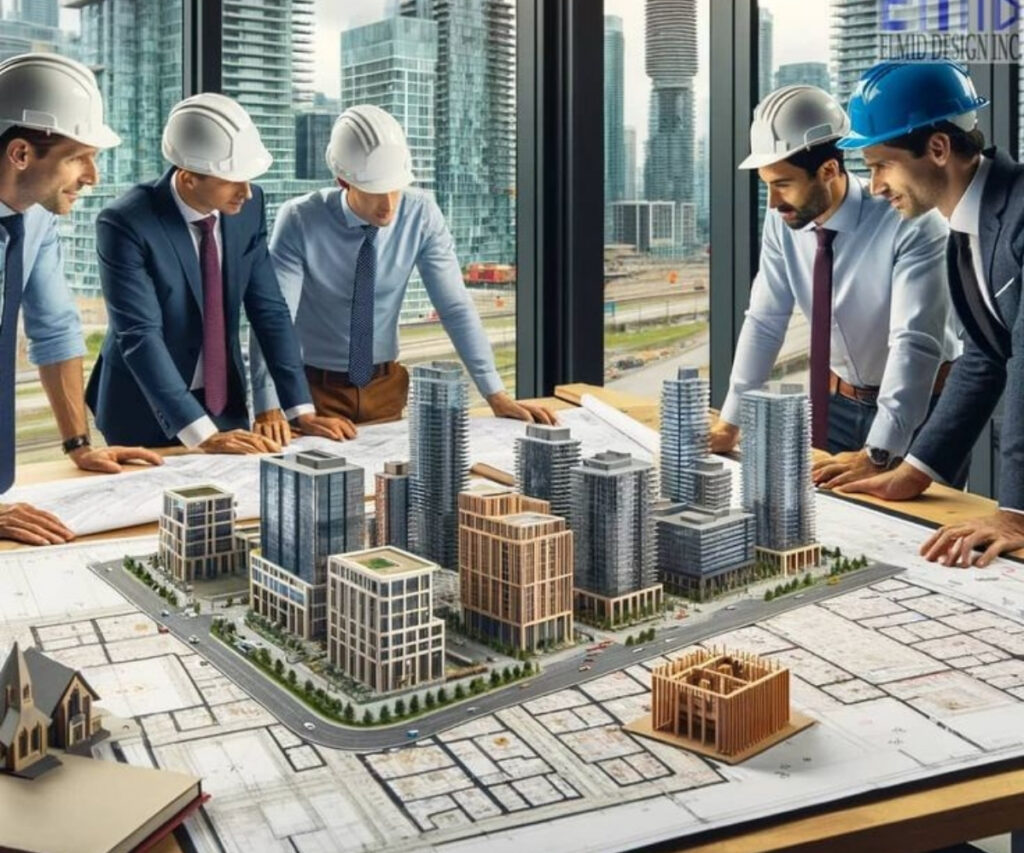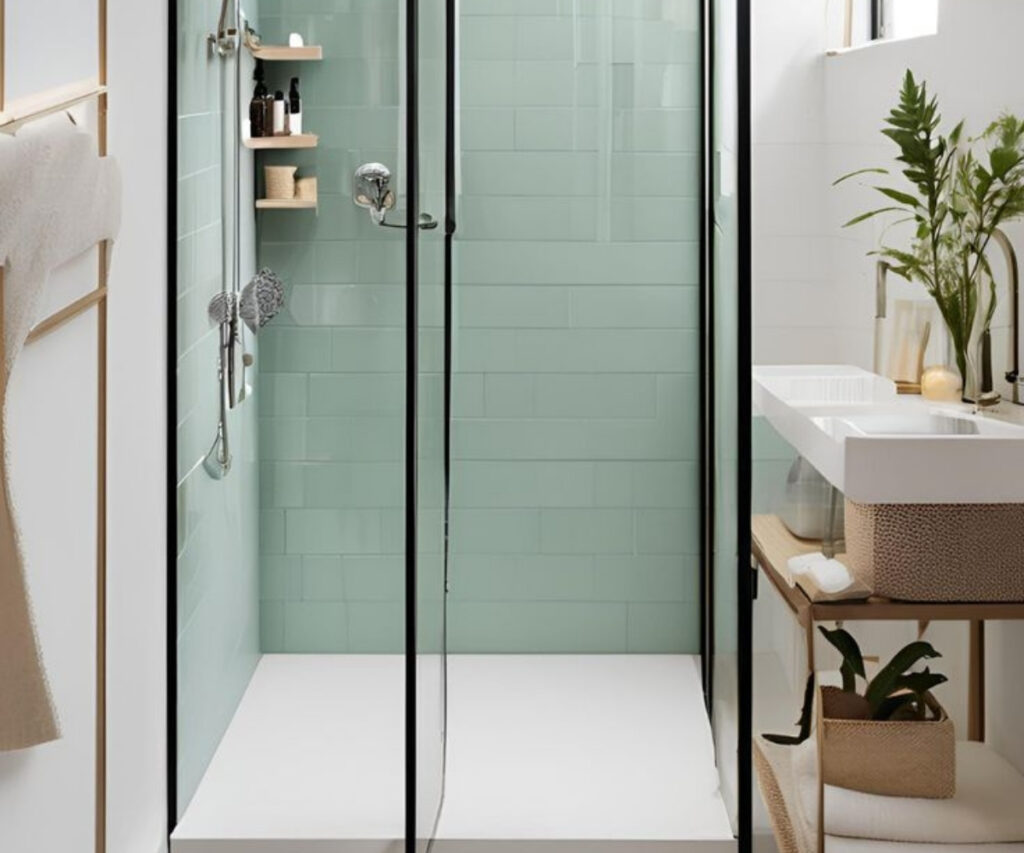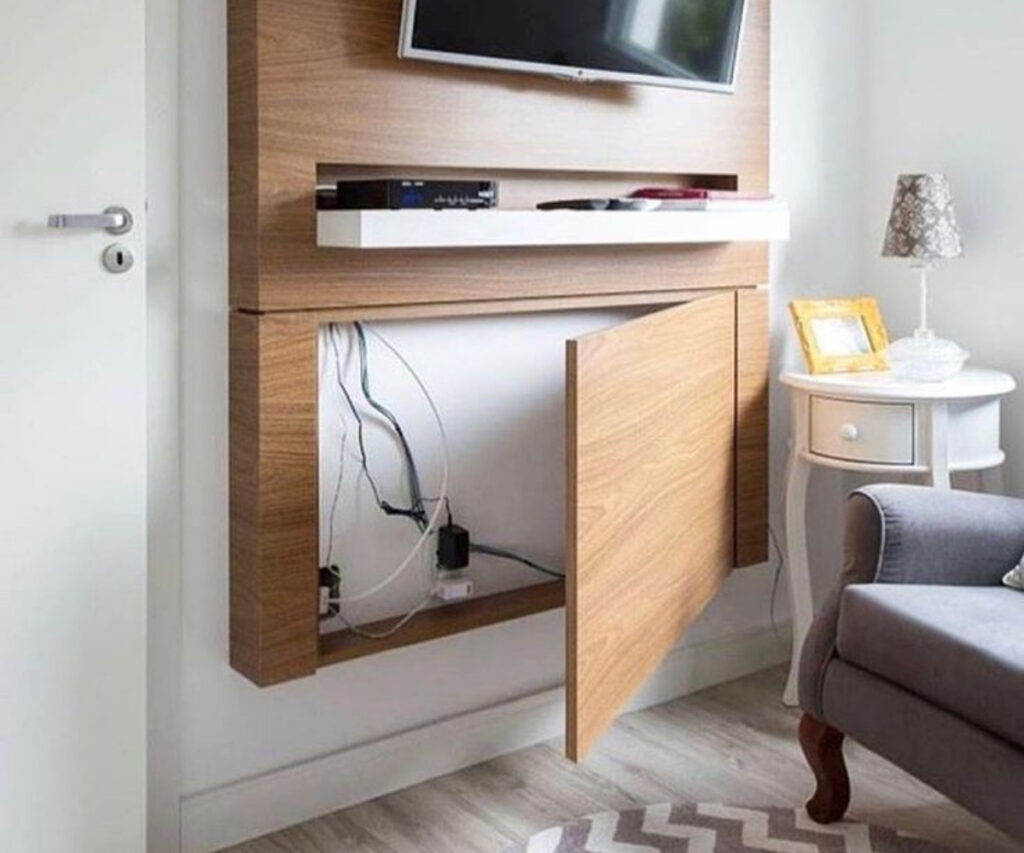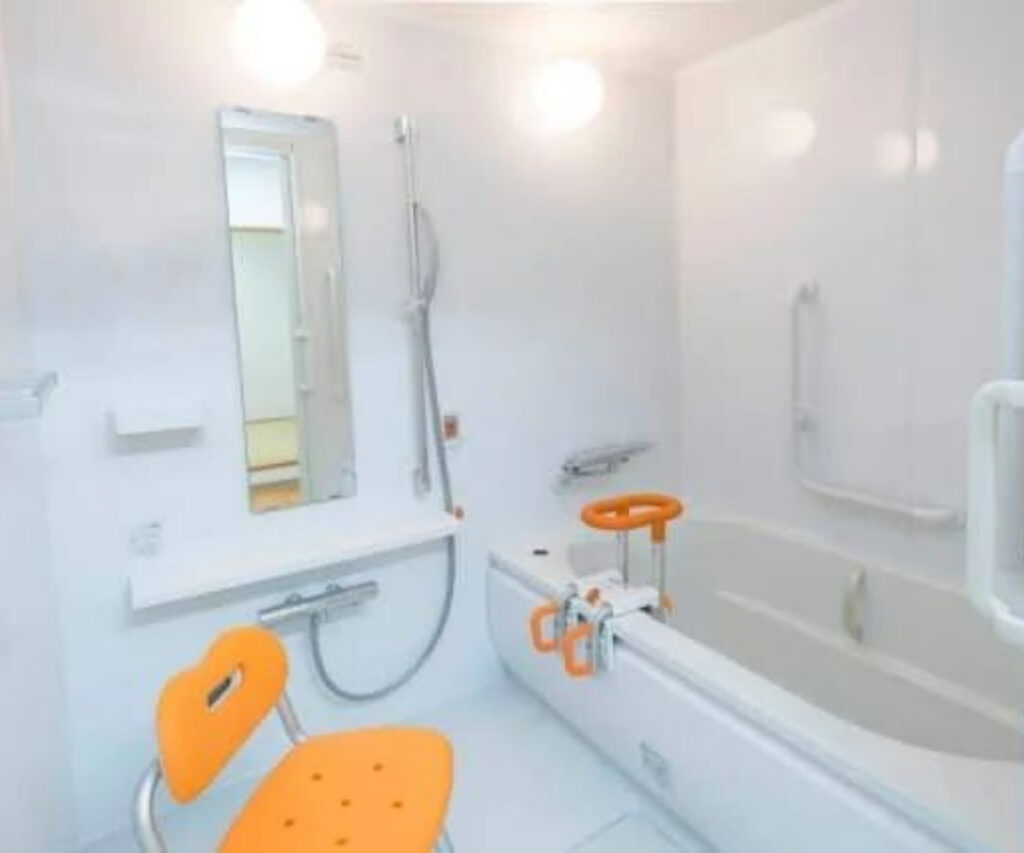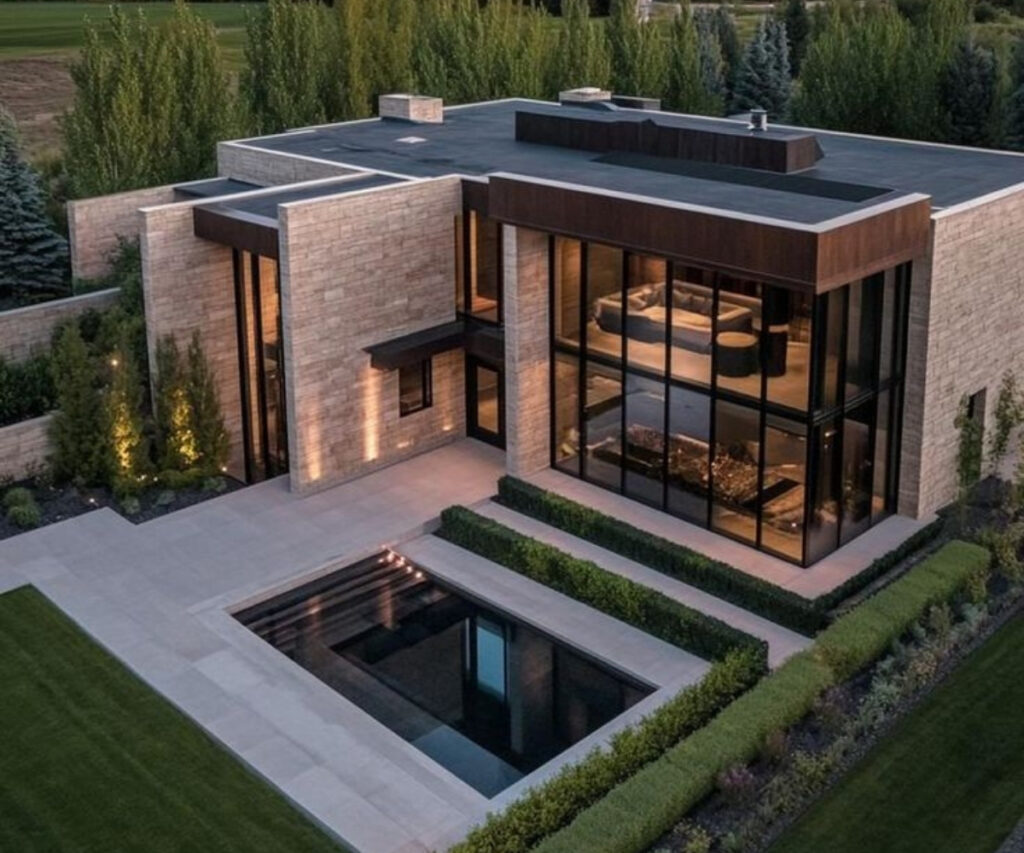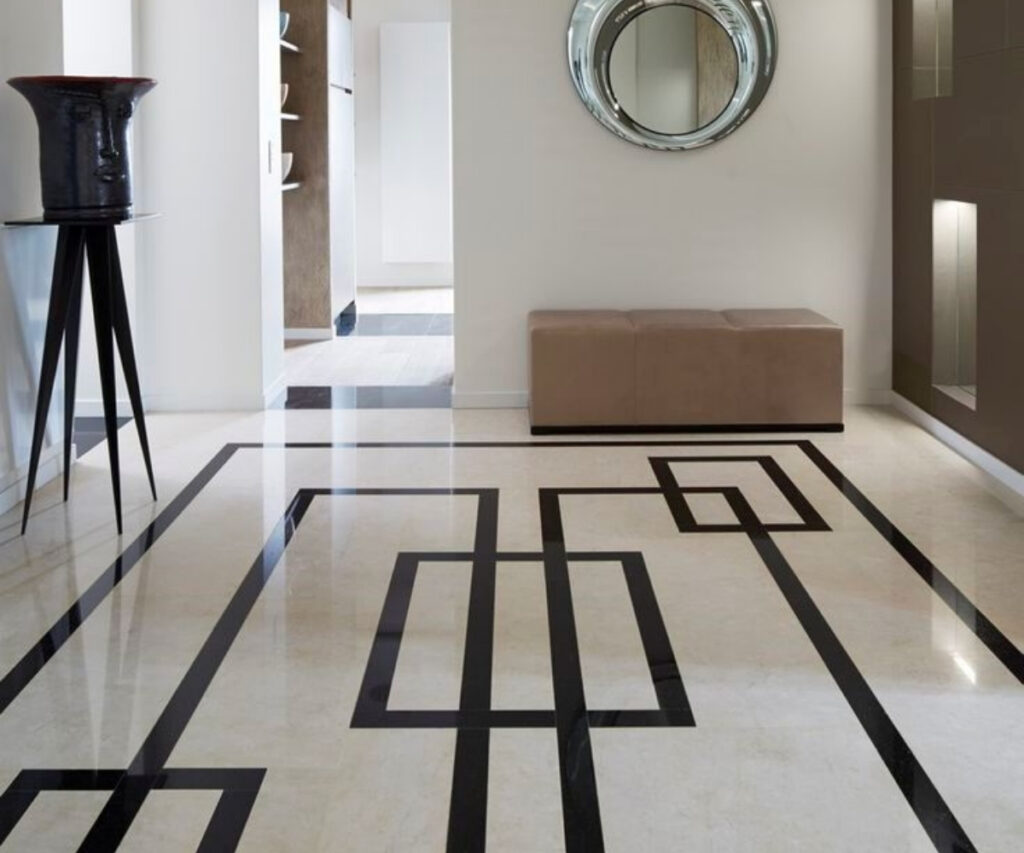Understanding the Key Differences Between Commercial and Residential Construction When observing construction sites, it may seem like all projects follow similar patterns. However, the world of construction is broadly divided into two major categories: commercial and residential. Though they may share common foundational elements, their goals, processes, and outcomes differ significantly. What Do These Two Construction Types Mean? Commercial Construction This category involves the development of spaces for business, industrial, and institutional purposes. Examples include office buildings, retail complexes, warehouses, schools, hospitals, and entertainment venues. Residential Construction This focuses on creating living environments such as houses, apartments, townhomes, and condominiums. The end users are individuals or families who will reside in the structure. Intended Use and Practical Purpose Commercial Projects These are designed to facilitate professional operations. Whether it’s accommodating employees, customers, or storing goods, the focus is on high utility, compliance, and often visual appeal. Residential Projects Residential structures are tailored to provide comfort and a personalized atmosphere. Elements like bedrooms, kitchens, and living rooms are central, aiming for a homely and aesthetic ambiance. Regulatory Requirements and Code Compliance In Commercial Works These projects must meet a wide range of regulations due to their scale and purpose. This includes zoning laws, fire safety codes, disability access standards, and industry-specific legal requirements. In Residential Projects While also regulated, the codes are typically simpler. They emphasize safe, habitable environments without the need for extensive commercial-grade features. Size, Investment, and Planning Commercial Developments These often involve large-scale designs with greater budgets and stakeholder involvement. Professional teams manage intricate timelines and strict cost frameworks. Residential Developments These range from minor remodels to full housing developments. Budgets and timelines are generally more flexible, especially when managed by individual homeowners. Differences in Design and Aesthetic Goals Commercial Design Approach Modern commercial buildings prioritize open layouts, accessibility, and technology integration. They are designed for high performance, client interaction, and branding. Residential Design Approach Here, the emphasis is on lifestyle and personal expression. Homeowners may opt for traditional, contemporary, or hybrid aesthetics based on taste and functionality. Construction Materials and Structural Techniques Commercial Techniques Advanced materials such as structural steel, reinforced concrete, and high-capacity HVAC systems are commonly used. Durability and code compliance are top priorities. Residential Techniques Typical materials include wood framing, drywall, and standard-grade utilities. The goal is to balance safety, comfort, and cost-effectiveness. Project Timeline and Deadline Sensitivity For Commercial Builds Timelines are tightly managed due to the financial and operational impact of delays. Milestone-driven progress is common, with minimal flexibility. For Residential Builds While delays are not ideal, there’s generally more flexibility in schedules. Homeowners often allow more time for customization and finishing touches. Skill Sets and Professional Expertise Commercial Construction Teams These teams require in-depth expertise in large-scale project management, industry standards, and high-tech systems. Strong coordination and regulation awareness are essential. Residential Construction Teams Craftsmanship, customer communication, and design personalization are emphasized. Teams often work closely with homeowners to reflect their vision. Commonly Asked Questions Do commercial projects need larger investments?Yes, commercial developments are typically more expensive due to their size, complexity, and code requirements. Are commercial timelines stricter than residential ones?Absolutely. Commercial schedules are usually more rigid due to stakeholder obligations and operating costs. Is the design approach different between these two?Yes. Commercial design focuses on efficiency and branding, while residential design is more personal and lifestyle-oriented. Do both follow the same building codes?No. Commercial projects are subject to stricter and more varied codes compared to residential structures. What challenges arise in residential historic renovations?Such renovations must respect original architectural features while complying with modern safety and zoning codes. Final Thoughts on Construction Project Types Both commercial and residential construction share a common foundation in building principles, yet diverge greatly in purpose, scale, materials, and regulatory complexity. Understanding these distinctions is critical—whether you’re a builder, property owner, or investor. Choosing the right approach ensures smooth execution and optimal results tailored to the project’s unique objectives.

